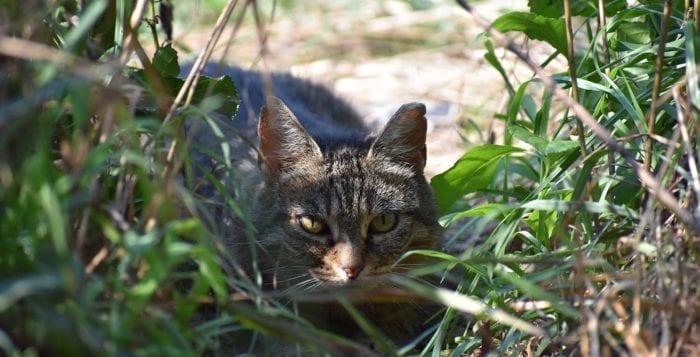Reviewed by Jeffrey Sanzel
Will it have the craft of The Sixth Sense? The clumsy mess that was Lady in the Water? Or the true horror of the disastrous Old? Few directors inspire the puzzling mix of hope, disappointment, and divisiveness than M. Night Shyamalan. As the director, producer, and screenwriter, the king of the “twist” must take complete responsibility for his work.
His newest film, Trap, focuses on firefighter Cooper Adams (Josh Hartnett), who happens to be a serial killer dubbed “The Butcher.” Cooper takes his daughter, Riley (Ariel Donoghue), to a Lady Raven (Saleka Shyamalan) concert as a reward for her stellar report card. With a massive police presence, Cooper quickly learns that, somehow, law enforcement knows he is attending the concert. Under the guidance of Dr. Josephine Grant (Hayley Mills), an FBI profiler, every man of a certain age and type will be checked before they can leave the arena.
The premise is simplistic but not without interest. A concert setting is naturally charged—a closed universe of organized chaos—screaming teen fans, food counters, and a warren of dressing rooms, storerooms, and connecting doors. The scenario and location open a world of possibilities. Unfortunately, Trap fails to spring, plodding and creaking as the resourceful Cooper evades capture in a series of “close calls.”
Eventually, Trap builds to a half dozen false endings, one more predictable than the last. The film’s minimal tension escapes like the air from a bicycle tire (a specifically selected metaphor). The Oedipal layer to the killer’s motivation has played in myriad films since the 1970s, and the revelation lands with a thud.
Hartnett (exceptional in last year’s Oppenheimer) seems to be vying for the Most Excruciatingly Goofy Dad Award in a performance of painful grimaces, pasted grins, and “gosh-heck” incredulity. He punctuates every line with a waggle of the eyebrows that would make Groucho blush. In the opening moments, his daughter urges him to drive faster so they do not miss the opportunity to glimpse Lady Raven leaving her tour bus. He responds that they do not want to break any laws: “Trust me.” The aggressive lack of subtlety is almost impressive. Riley comments more than once, “You’re acting strange, Dad.” Strange acting, indeed.
Hartnett and company are failed by a script composed solely of cliches. A subplot about a mean girl, Jody, who has been freezing out Riley, amounts to several shrill exchanges between Cooper and the girl’s mother (Marnie McPhail). After Cooper manipulates Lady Raven’s uncle and promoter (M. Night Shyamalan), Riley goes onstage as Lady Raven’s “Dream Girl.” Outraged by her peer’s opportunity, we glimpse Jody throwing a cup of soda in her mother’s face.
Alison Pill is a strong actor but does not appear until the final act when she takes the mantle of clueless wife. Even with the character’s few extra shades, she cannot rescue the absence of surprise and dimension.
The concert portions are grating. In another film, the director might comment on pop culture’s empty self-indulgence and repetitive nature. However, one suspects Shyamalan is showcasing his daughter’s singing career. (Social media also helps to save the day.) As an actor, Saleka is decent, but like Pill, given few notes to play. As for Jonathan Langdon’s duped t-shirt seller, Jamie—the stereotype borders on offensive, especially in the film’s tag. Hayley Mills’ Dr. Grant amounts to an extended cameo, but she lends a hint of gravitas with her rich voice and regal bearing.
Shyamalan populates the world with enough police and SWAT extras to fill a Batman franchise. Visually, the shots are strangely static, often screaming, “Look here—he’s going to do something clever.” He liberally “borrowed” elements from The Hitcher, Silence of the Lambs, Dressed to Kill, Dexter, and even A Clockwork Orange.
In particular, he saddled Hartnett with elements of these famous psychopaths but then directed him to play Cooper with the vigor of a middle school Thanksgiving pageant. Trap is less Hitchcock and more Parent Trap.
Fool me once, shame on you; fool me twice, shame on me. Fool the moviegoing public repeatedly—Shyamalan on all of us.
Rated PG-13, the film is now playing in local theaters.








